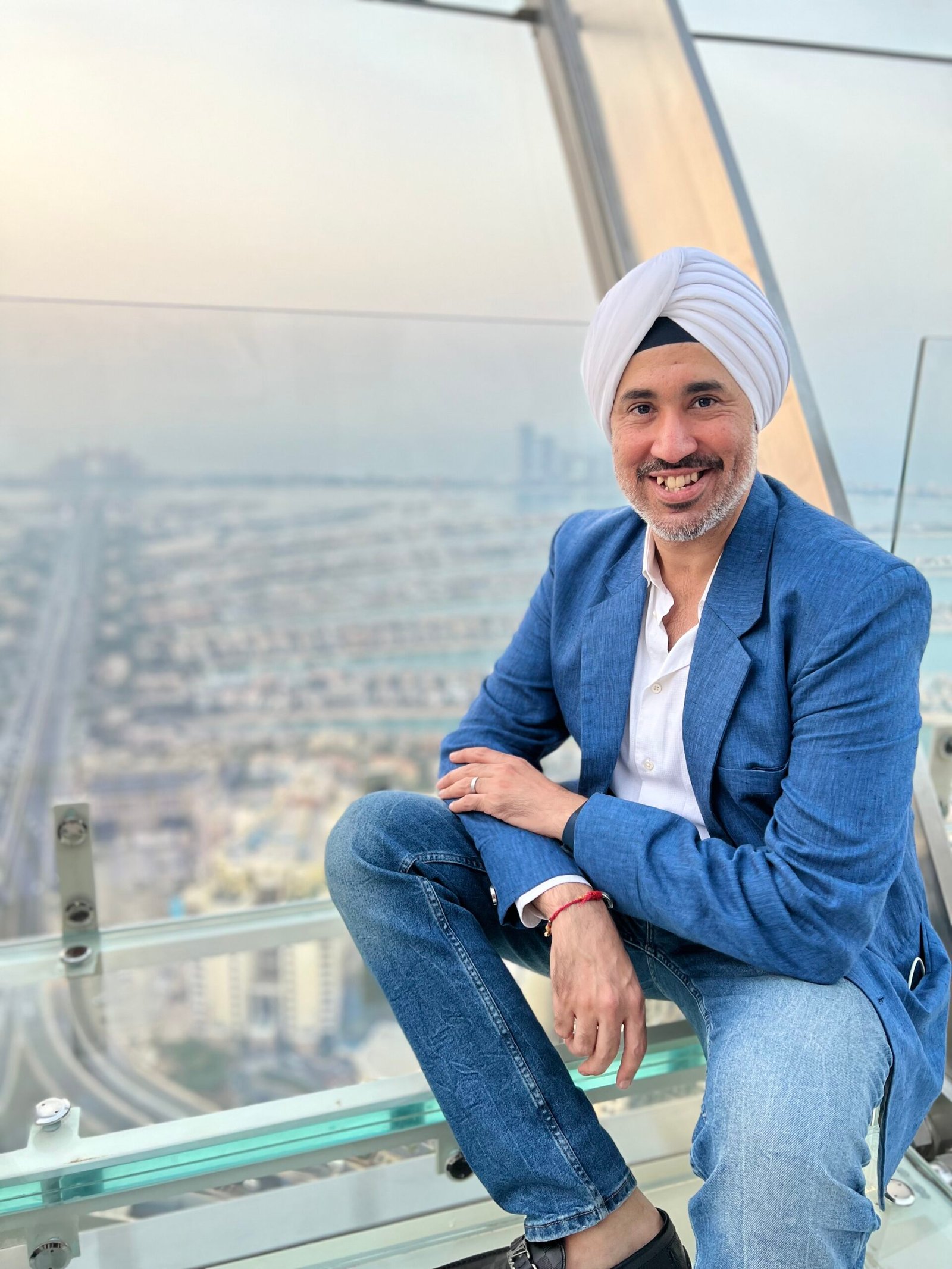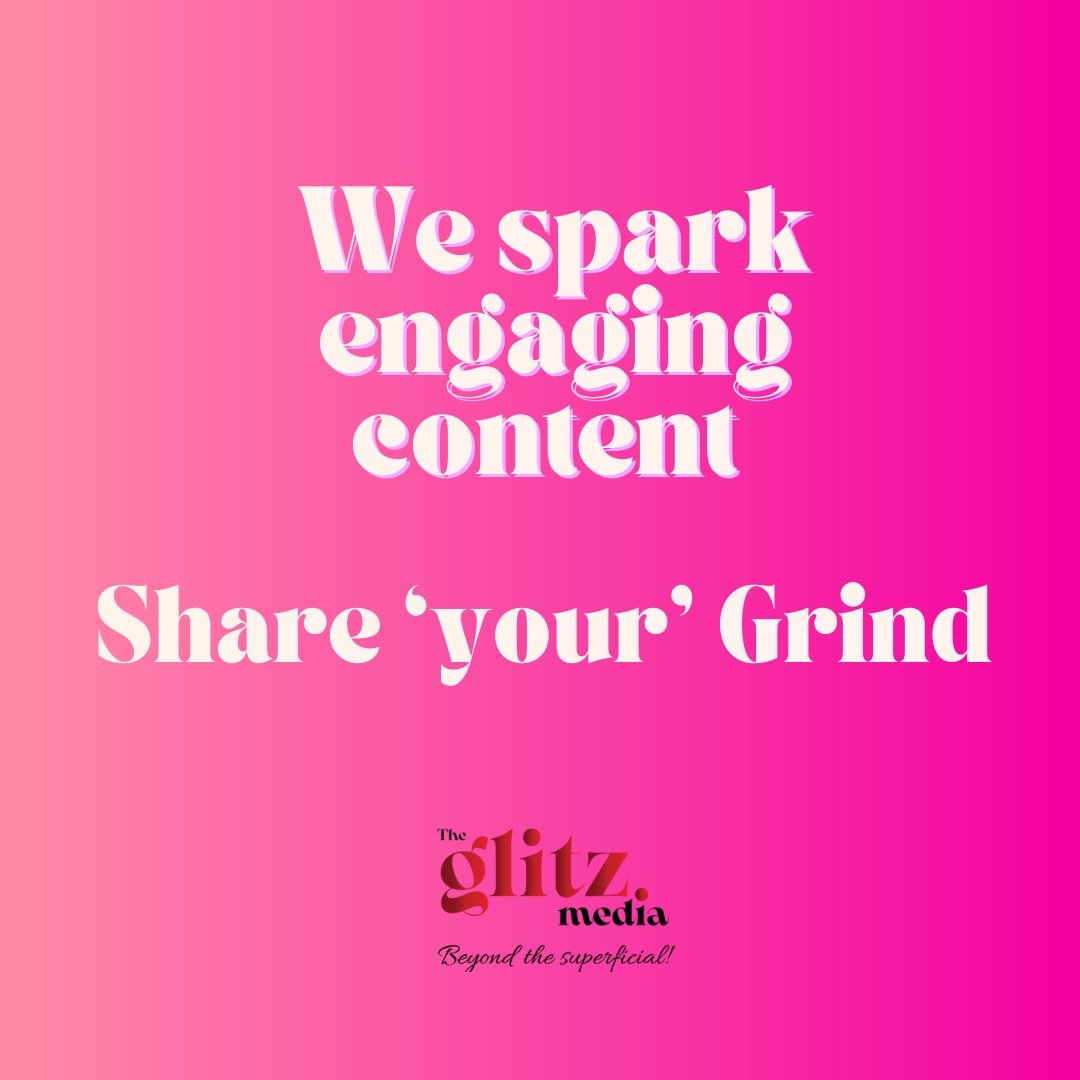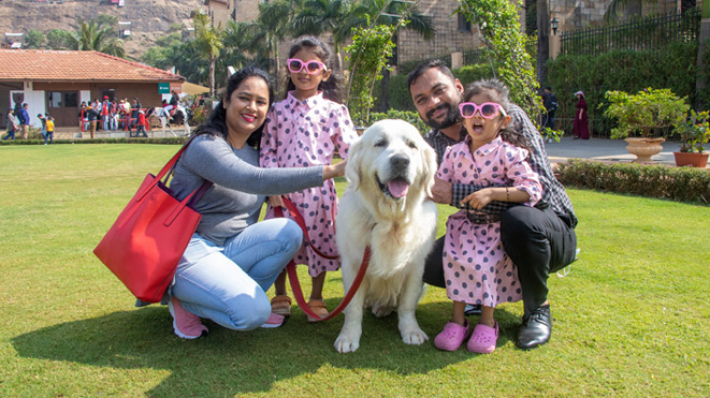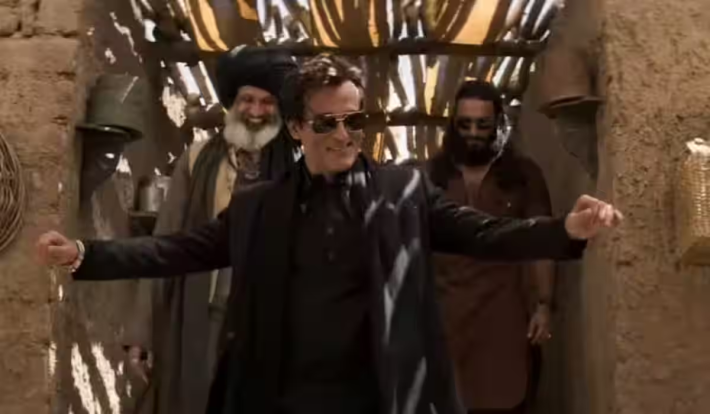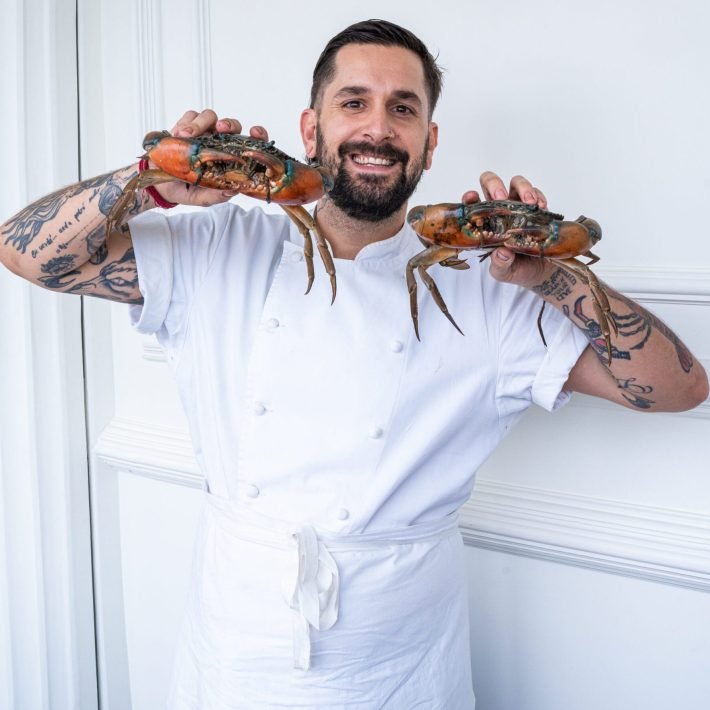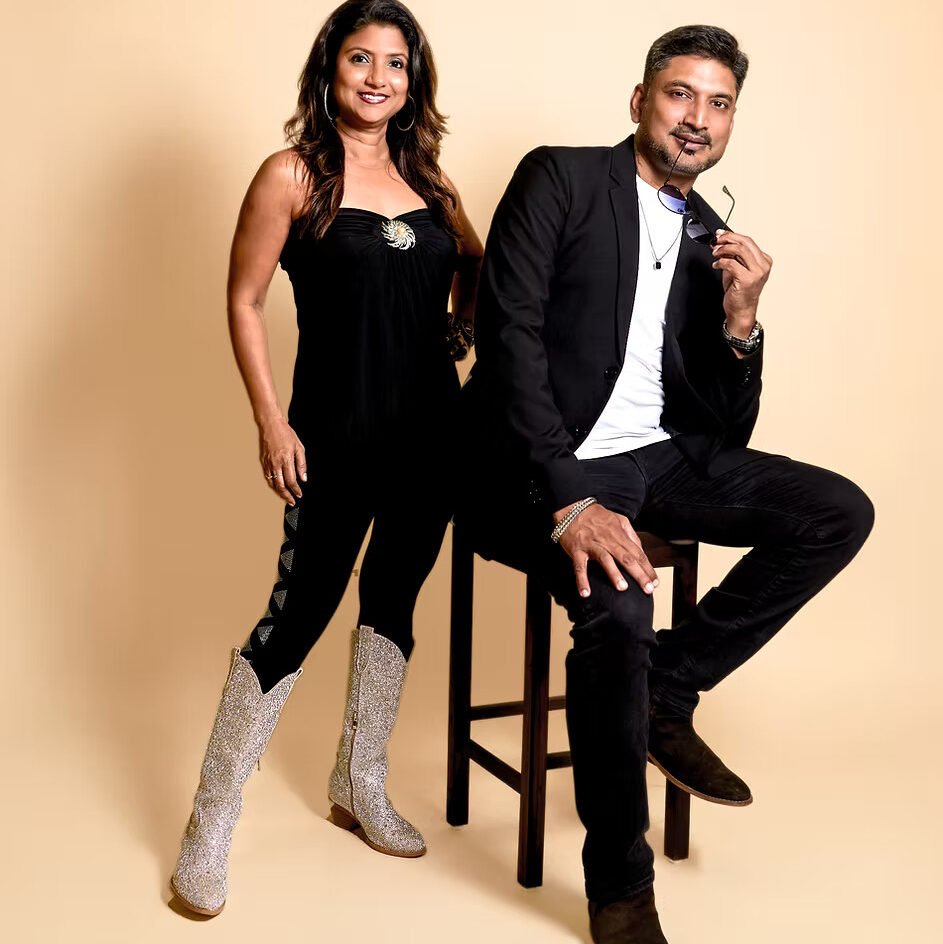India’s gin scene has only gotten hotter with a wide variety of gin brands crowding the shelves post- pandemic. One such brand that is making waves, and for good reason, is the Great Indian Gin (GiG).
On a recent August afternoon, Rajeev Mokashi met with Gurpreet Singh, co-founder and director of World of Brands (WOB), the firm behind India’s jazziest gin, Great Indian Gin (GiG). He is wagering BiG on experiential tastes, along with partners Rohan, Nirmal, Raghunandan, and Ramesh, to conquer the market for flavoured vodkas.
Innately attuned to the smooth flow of brand launch execution, this Bengaluru-bred talent opens up about his colourful gig with challenges, success, and the future strategy of Great Indian Gin. He also offers his inside advice about gin etiquette, reveals his adventurous personality, shares his passion and expertise as a gin connoisseur, and outlines how he repositioned his segment of the gin market.
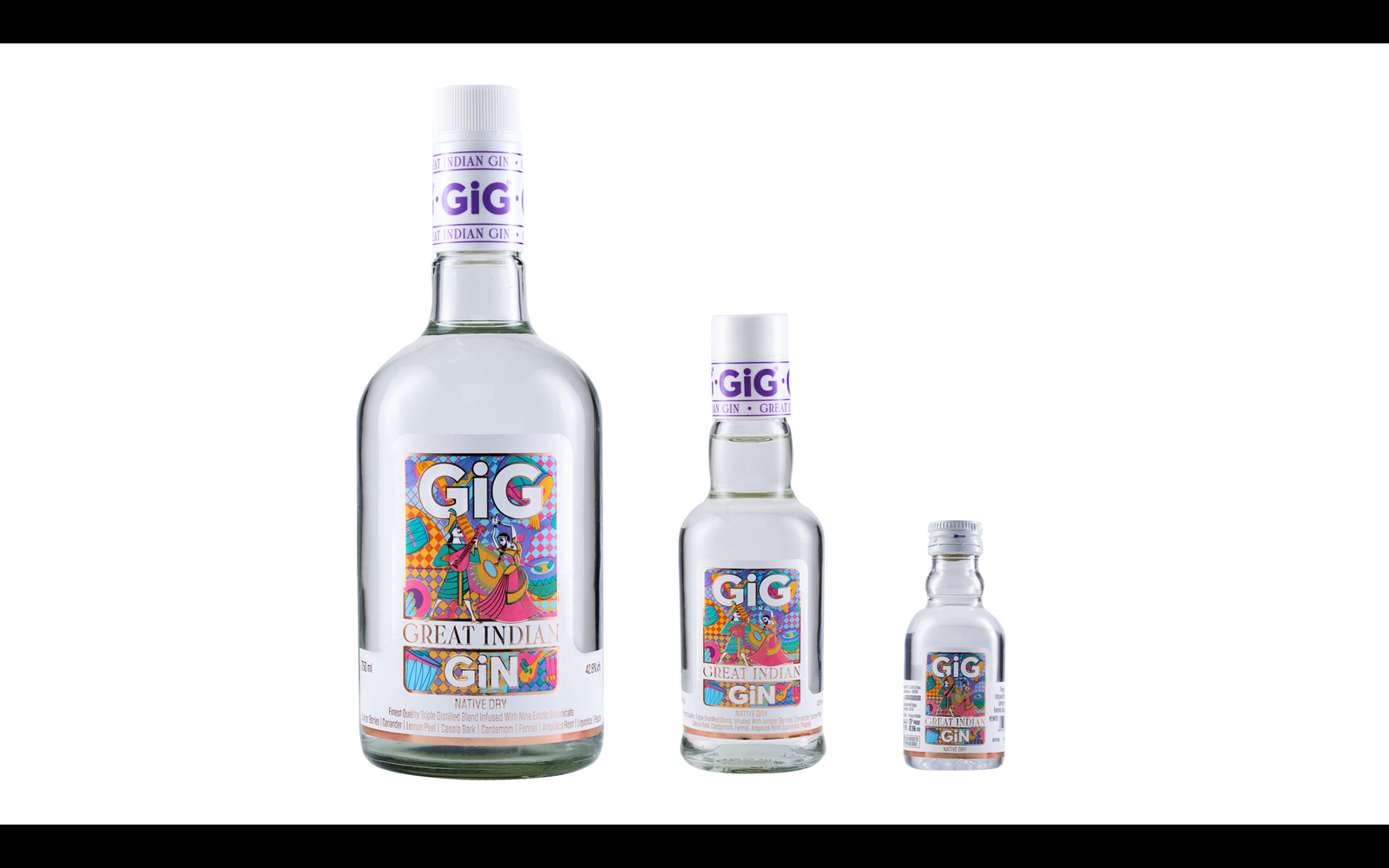
Who is Gurpreet Singh?
Well, I’m a travel nomad-mountain climber stuck in a corporate man’s body. I have a professional life and a personal life. I was born in Kolkata; my parents moved here when I was very young. I’m a through ‘n’ through Bengaluru boy. I grew up in Bengaluru pretty much all my life. After finishing school and college, I did my MBA and joined United Breweries. I grew up drinking their beer as a teenager, so I was very happy when I got an offer from them during my campus selections.
I was in management trainee sales for just three years, then moved to marketing, and then I became Head of Marketing. During my tenure with UBL, I also created a systematic process-driven innovation file with a development team that did not exist. It was something like a fly by night. In our business, going from an idea to creating a product and then doing research can sometimes take a year. Sometimes it worked, sometimes it didn’t!
So it was important to build a process-driven system to question the idea, assimilate the data, and ascertain whether the idea could be sent to the next stage. And I saw that at a very young age. As head of marketing, I started a new product development idea team, and that also gave me a deeper insight into product development; otherwise, as a sales and marketing person, you don’t know about the technicalities behind the process of a product.
My experience at UB was very crucial for me. It also came at an interesting time because the industry was changing the way it operated drastically at times. It was earlier in 2000. I was a young executive. Most of the industry had mild beer, and then came an era when strong beer came in, and India quickly took to it. I delved into why the consumer was opting for this, etc., to know more about this trend, got to know more, and had a deeper insight into it. So I got to know the background behind it, and that helped me gauge the market.
My trekking, by the way, started as a challenge to myself. I once played corporate football. In one of the tournaments, it had rained the previous day, the grounds were slushy, I had a free ball and was running through, focusing on the goal, and I rushed and slipped on the ground, falling on one knee, tearing my ligaments. We managed to finish the game, though, because of the adrenalin rush, but the next morning, my knee was a mess. Then there were rounds to the hospital, etc.
I always lived larger than life—drinking, eating well, etc.—but I balanced it with sports. But now, with my knee in bad shape, I couldn’t do sports, so I put on 8–9 kilos. Then somebody said, Can you climb Everest Base Camp? I was not a trekker; I had done extreme sports but was never a trekker. But I said, Let’s do it. As a salesman, you are always driven by targets. So I went for it, and I became fully fit. After that, I went on many treks. And it opened my mind.
In my personal time, I travel a lot. I have travelled through 50+ countries, a good 35 of them as a single traveller—at times, backpacking. I’m big into adventure sports; I played a lot of sports in school, including hockey, was ranked number 4 in discus and shot put, and played badminton. I started trekking at one time and climbed Mount Kilimanjaro, Everest base camp, Kala Patthar, and so many other peaks.
So to answer your question, I’m a serious corporate businessman, but I would rather be on a mountain with an iPad or laptop. As for my brand, GIG, my co-founders and I were from different companies, and we always used to meet up and say, ‘Let’s do something together’. So that’s how we got together. We are an eclectic team and have purposefully not taken cabins; we sit together and brainstorm.
What does the gin represent to you? What drew you to gin and when did you discover?
We finally came together on December 1, 2021. Coming from a beer background, friends and investors assumed that the first project would be a beer. But my second project was beer. Gin was a quicker, easier turnaround project. For instance, Disco Panda was an idea in my head in 2018. It took 12 to 15 months to develop it.
So anyway, we picked gin first. In Gin, we saw some large gaps that, for some reason, others had not identified. If you go by the history of gin, in the 20s and 30s, gin was consumed a lot, and then came the vodka revolution, and gin got sidelined. Fortunately, for the last ten to 12 years, gin has resurged. Suddenly, people discovered that vodka was a very basic spirit; it had no character of its own. But gin is unique. Each gin is different from another.
When we looked at the Indian base when we started out, we realized gin had caught up in the west and was very similar to the craft beer explosion. When gin started happening, we knew the resurgence would happen in 5–6 years. COVID helped as Indian entrepreneurs boomed with good products. There were no international products coming in, so they had a free run. That’s when consumers realized India too could come up with good products.
So we knew we could look at gin post-Covid as it was growing 20–30 percent and was growing faster than any other product in the industry. In gin, we realized that there was a gap that was ignored. So we decided to work backwards—could we launch gin at Rs1500? So we decided to let go off some frill and priced it at Rs1500, which we thought would make good business.
If you look at gin history, 40–60 years ago, gin moved to vodka, and now vodka has moved to gin. So gin was growing faster. 50 percent of the vodka consumed is consumed as a flavor. We were the first to launch GIG Green Apple. From the business point of view, it helped penetration and visibility. From the cost point of view, we managed to penetrate. That is why we got into gin. Even in terms of PR and publicity, for a young company, gin was the one category that every publication wanted to write about.

Coming to GiG – three essential characteristics that identify the gin in your opinion?
There are product characteristics, and each of the gin we have created has distinct characteristics from aroma to taste, but if I go by one thing that I gave in my brief—we got our three gins developed by this eminent retired blender, NJ Menon—he’s developed in his lifetime 300 distinct blends. So he’s one of the few blenders who got featured on the covers of liquor publications.
In our case, our gins are unique. But I wanted a gin that could go to the basic consumer, and he could drink our gin with ice and soda. At the end of the day, there are 100 consumers; only 10 will try out cocktails or go to premium bars. So I wanted our gin to go to the basics and not be overwhelming. We tried and retried and took our time to get the gin we wanted. So our gins go with cocktails as well as soda and water.
What were your biggest challenges in getting GiG up and running? And your biggest challenges today?
We started during pre-COVID, and two of our partners had left their corporate jobs and were doing start-ups; we were also thinking of exiting our corporate jobs. If all had gone well, this would have started in April 2020. But the pandemic happened. So for a while, we were twiddling our thumbs and watching a lot of Netflix. We finally came together on December 1, 2021.
When we were talking about it, we realized that there were already 30 players in the gin segment, so it was already crowded, so we had to get there really quickly. Then COVID happened, and after that, the 30 players jumped up to 40-45. So we decided, let’s not just launch Gin and be another player; let’s be very clear why we wanted to launch it. By the time we evolved, there were 130 players in the gin segment in Goa.
We knew we had to succeed in a crowded place. So we launched in four markets: Karnataka, Pondicherry, Telangana, and Goa. We wanted to show that we can come out with a good product at a good price. We thought we would do a second project after that. Until the retailer is convinced the product is good, he won’t buy it. Today, we are number 3 in selling premium gin in Bangalore and Telangana. In Pondicherry, we are number one, and in Goa, we may be 5th or 6th. In fact, my friends in Diageo were surprised at how quickly we captured the gin market.
What is your favourite aspect of running GiG?
I think it’s because I developed an entrepreneurial mindset—this I had done even in UB. I was given a free hand to try things, make mistakes, learn from them, and develop new products. So this allowed me to create a new brand. In the last two-three years at UB, I was losing that since it was a multinational. But now that’s working for me, as we are an eclectic team and we love to brainstorm on information and take calls.
I love this process. Between the four of us, we have 100 years of experience. Here we take the challenges, take the calls, make the mistakes, and learn from them. I always wanted to build a business from scratch. We are discovering our own brand. We have Disco Panda and Gin, then the third brand is being developed, and we have fourth and fifth brands in the pipeline.
We were open to creating a ready-to-drink product like Disco Panda and a complex product like Gin. Now, we are focusing on the Indian market as well as exports. I love the brand name, Great Indian Gin. So if you see our packaging, it’s very Indian. We brought out our Indianness.
As for the future, as a business idea, we wanted to create our own brand. Two years from now, we want to partner with others; we have the expertise and know-how and we would love to try creating new brands.

Tell us about GiG’s milestones?
GiG’s milestones in the near future are (my marketing team will hate me for telling you this): although we are only one year old, we are undergoing a very big packaging change happening within this calendar year.
I’m hoping to catch Diwali, and if not, catch Christmas, because, like I said, we’re a young company, we wanted revenue in our books, and with a modest pricing strategy, we took a market-available bottle. Today we’ve got volumes and are hence in a better position to create our own bottle, with a new bottle and the shape that I actually wanted.
Second, we plan to expand to a few more markets in India and will most likely go for a second manufacturing unit in Goa, where we are already making Disco Panda, and yes, export plans are lined up in the first quarter of 2024.
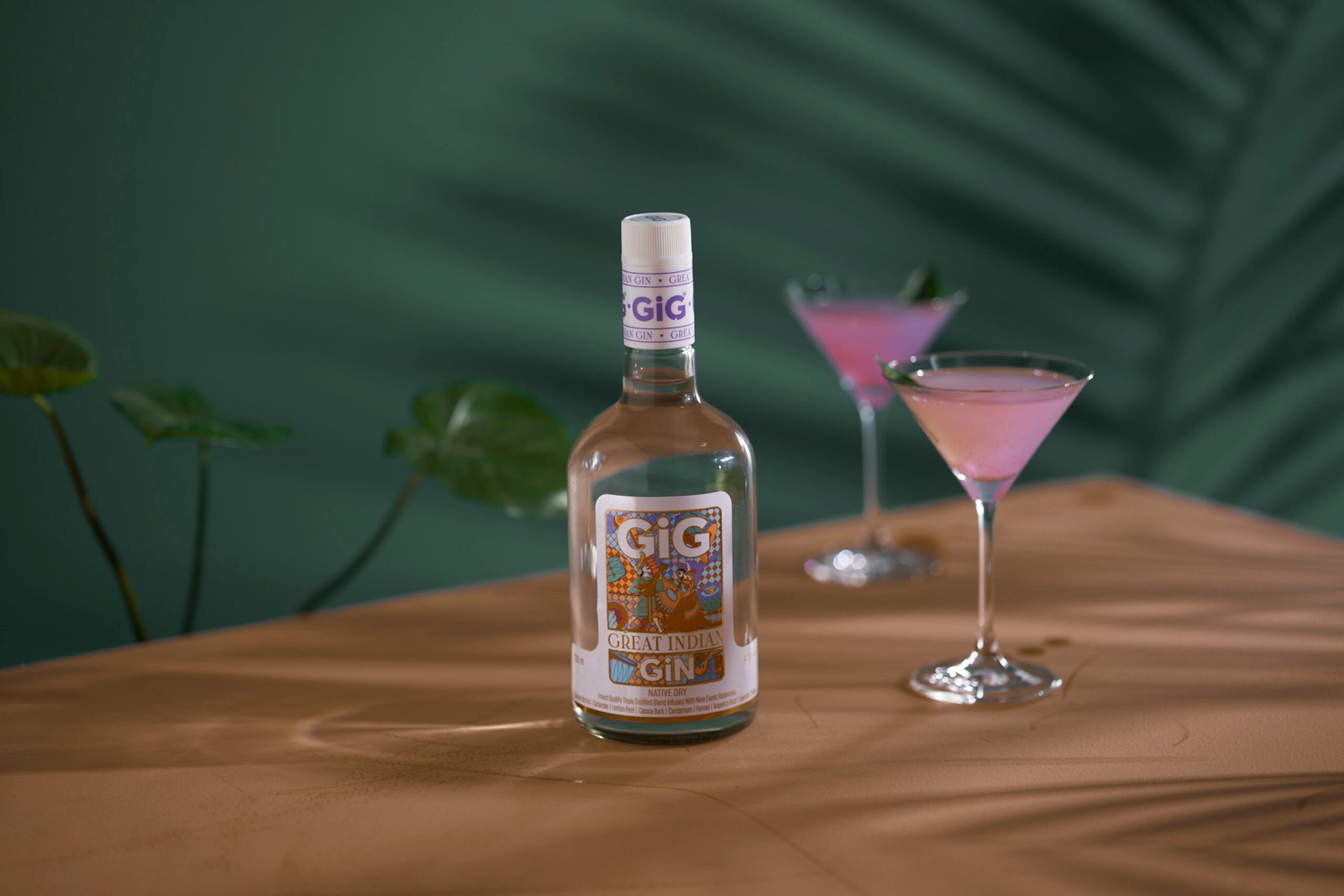
How vital is it to educate the gin consumer?
There are two kinds of gin consumers: one who knows gin well, and the other who follows the markets because he feels everyone is following gin, so should he. So our first objective is to grow the business and the category. We have a great pricing system. And have a great flavor. We have the ecosystem to create a huge demand for gin.
Have you gotten sick of drinking gin?
I was personally not a big gin drinker in 2018. I had beer and vodka. But after that, I came back to gin. That’s when I realised why on earth I was drinking vodka—until I realized the marketing of vodka was so enticing, and that’s why I was drinking vodka. But now I’ve been consuming gin, and it’s absolutely great!
TheGlitz Rapid Fire
“Three measures of Gordon’s, one of vodka, half a measure of Kina Lillet. Shake it very well until it’s ice-cold, then add a large thin slice of lemon-peel. Got it?” Name the movie:
The James Bond franchise has done more for the ‘Martini drink’ in the last 60 years than any advertising strategy! This line in specific was perhaps used in Casino Royale. Unfortunately, Bond had not yet discovered Great Indian Gin as it wasn’t launched during the shooting of Octopussy in 1983 or Die Another Day 2002.
Your favourite GiG:
Great Indian Gin goes equally well with tonic water or as a base drink for exotic cocktails; my personal favourite is ‘GiG South Side‘ which is a refreshing combination of Great Indian Gin with mint & lime.
Solo or family trip:
I have been a solo backpacker all my life, nothing beats this experience!
Tom Collins or Phil Collins:
A Tom Collins with Phil Collins playing in the background, make for a perfect-jodi!
Sleepless in Seattle or Cherry Blossom in Japan:
Cherry Blossom in Japan! Rarely has a country’s cultural nuances encapsulated me like the way Japan has.
Martini or Macchiato:
Martini any day over a Macchiato. A gin-based drink trumps a vodka-based drink any day and any time of the day.
Beach or a mountain person:
Totally a mountain person! Have even climbed Mt. Kilimanjaro, Everest Base Camp & Kala Patthar to prove it.
What is more important, knowledge or ambition:
Ambition without knowledge is a fool’s path. Even a little knowledge is dangerous thing. One of my favourite poets Alexander Pope illustrated this point best when he said “A little learning is a dangerous thing. Drink deep, or taste not the Pierian Spring; There shallow draughts intoxicate the brain, and drinking largely sobers us again.” Get it?!
Title of your autobiography:
The Great Indian!
Your last search on google:
The lyrics of the Punjabi song ‘Bas Tere Karke’ by Wasir Patar. It’s the haunting song track that plays towards the end of the last episode of Kohrra.
Negroni or Macaroni:
Italy holds a special place in my heart. Honeymoon was spent backpacking with my wife here.
What did you drink last night?
Great Indian Gin, with a mix of soda and tonic, my personal go to drink at home.
The worst place to be [stuck] in a line:
… is not being excited about the next day.
“Of all the gin joints, in all the towns, in all the world, she walks into mine.” Name the movie:
Casablanca! and of course, I have visited Rick’s Café in Casablanca, Morocco. Even ordered a French 75, a champagne-based cocktail made with gin, just as it was done in the iconic movie.
